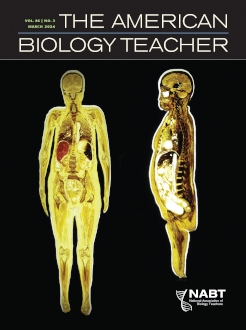Effective teaching requires the use of techniques and strategies to counter student passivity and enhance engagement. Research demonstrates that drawing improves memory retention, increases motivation to learn, provides an opportunity to learn what makes an image an effective communication tool, allows demonstration of conceptual understanding, allows new information to be connected to prior knowledge, and helps to make thinking explicit. We argue that the use of photographs and prepared graphics have minimized use of this important tool, and we further emphasize that the drawing process, not quality, is the essential component of the educational benefit to drawing. With examples in various areas, we show how very modest drawing skills can be used to great benefit for capturing student interest. Additionally, by cultivating drawing as an observational skill, the sketcher becomes a better observer of nature, and learns about the phenomena she sketches. In drawing, she becomes a more skilled biologist and better student of nature, and isn't that, ultimately, our goal as instructors?
How to translate text using browser tools
6 March 2024
The Value of “Bad” Drawing in Teaching
Leon G. Higley,
Phyllis M. Higley,
Tierney Brosius
ACCESS THE FULL ARTICLE
It is not available for individual sale.
This article is only available to subscribers.
It is not available for individual sale.
It is not available for individual sale.

The American Biology Teacher
Vol. 86 • No. 3
March 2024
Vol. 86 • No. 3
March 2024
drawing
Nature journaling
sketching




